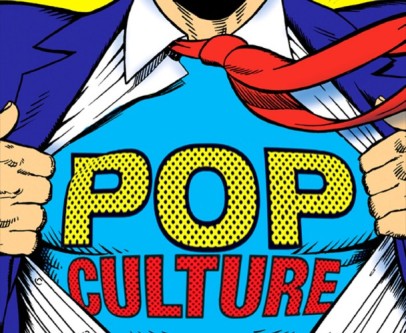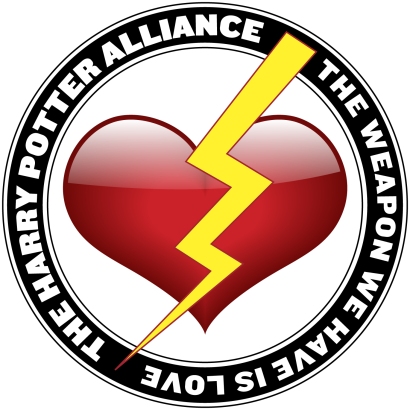This case study will investigate the topic of fan activism as a component of global media and explore some of the inequalities fan activist initiatives are trying to address.
So what exactly is fan activism? Henry Jenkins who is said to have coined the term, describes it as;
“Fan activism refers to forms of civic engagement and political participation that emerge from within fan culture itself, often in response to the shared interests of fans, often conducted through the infrastructure of existing fan practices and relationships, and often framed through metaphors drawn from popular and participatory culture.” – (Jenkins, 2012)
In other words, fan communities and groups are utilising popular culture and aspects of popular culture to assist in activist movements across the world. These movements can be associated wholly with the fandom, such as about what is occurring on a television show, or movie franchise, though increasingly we are seeing a shift towards fan groups taking similar methods to real world political and social issues and addressing inequalities in these areas. Brough and Shresthova explain that through this extended engagement and appropriation of popular culture content, fans are finding new and creative ways to expand their activist communities, encourage action and spark change and conversation about issues around us (Brough and Shresthova, 2012).

Evidently fan activism takes on many mobilisations, which as Jenkins explains can vary from; promoting fan community interests (lobbying to prevent series cancellation), struggles on representation and commenting on public policies. All embody a fandom’s communication and social network infrastructure, deploy fictional content, rituals, practices and rhetoric to encourage participation (Jenkins, 2012).
Addressing inequalities? Fan activist initiatives are often aimed at addressing inequalities throughout the world. A prominent example of this is the well-known fan activist group the Harry Potter Alliance (HPA) that “currently has more than 100,000 members across the world” (Jenkins, 2012, p. 3.1). The group uses the fandom of Harry Potter but also campaigns for other fandoms to get involved in activist movements. Co-founder Andrew Slack explains;
“By translating some of the world’s most pressing issues into the framework of Harry Potter, [the Harry Potter Alliance] makes activism something easier to grasp and less intimidating. Often we show them fun and accessible ways that they can take action and express their passion to make the world better…” – Andrew Slack, Harry Potter Alliance (Jenkins, 2012)
Some of inequalities HPA try to address include; access to education and literacy tools, racism and human rights issues like child slavery, among many others. Issues like these can seem foreign to some people, which in many cases can mean a lack of action or involvement in aiding such issues. Fan activist initiatives like HPA see this and combat this problem by focusing on popular culture references, in their case the Harry Potter franchise, to engage and encourage involvement. In doing so HPA utilise avenues of global media to further their fan communities and member engagement; such as their website, YouTube page and Facebook groups, frequently posting updates, and news across them.

The active use of popular culture means that the issues they are addressing can be easily understood as they are being related to pop culture ideas, like the campaigns; ‘Neville Fights Back‘:against white supremacy in the US, and ‘Not in Harry’s Name‘:against child slavery. This essentially allows a greater involvement, especially among younger generations, as Jenkins explains ” …young people who have grown up reading the books…helping them find a path toward political engagement” (Jenkins, 2012, p. 6.1).
In part two of this case study, we will go further into discussing how the Harry Potter Alliance are addressing issues of inequality, as well as evaluating their outcomes.
Stay tuned.
References
Brough, M. and Shresthova, S. (2012). Fandom meets activism: Rethinking civic and political participation. Transformative Works and Cultures, [online] 10. Available at: http://journal.transformativeworks.org/index.php/twc/article/view/303/265 [Accessed Aug. 2017].
Jenkins, H. (2012). “Cultural acupuncture”: Fan activism and the Harry Potter Alliance. Transformative Works and Cultures, [online] 10. Available at: http://journal.transformativeworks.org/index.php/twc/article/view/305/259 [Accessed Aug. 2017].

Hey! I thought you did a great job of introducing the idea of fan activism & the purpose it serves to set up your case study. It’s an interesting & complex topic & definitely requires some background knowledge for those unfamiliar with fandom. The Harry Potter Alliance is a great case study, have you seen their “Not In Harry’s Name” campaign? When the alliance realised Warner Bros. Harry Potter-branded chocolate was being sourced from child slavery in 2008, they embarked on a campaign demanding Fair Trade chocolate instead. You can read more about their success here: http://www.thehpalliance.org/success_stories_nihn or if you’d prefer a visual, see this YouTube video: https://www.youtube.com/watch?v=7OT7MiwuN3I. I think it’d be a great inclusion to add detail of either this specific campaign by HPA or one of their many others to narrow down on a specific global inequality.
LikeLiked by 1 person